Seven Minor Epics of the English Renaissance (1596-1624)
Book Excerpt
In addition to the couplet, a common mark of Marlovian influence in the poems is the etiological myth, sometimes expanded into a tale. Thus, in =Mirrha=, for instance, the growth of rare spices and perfumes in Panchaia is explained by the story of how Hebe once spilled nectar there (p. 147).
Comparable marks of Shakespearean influence are the aggressive female like Mirrha, reminiscent of Shakespeare's Venus; the hunting motif in =Dom Diego= and =Amos and Laura=, recalling Adonis' obsession with the hunt; and the catalog of the senses in =Philos and Licia=, pp. 15-16, and =Hiren=, stanzas 75-79, which imitates Shakespeare's =Venus and Adonis=, ll. 427-450. Only =Mirrha= among these poems, however, makes specific acknowledgment of a debt to Shakespeare (see p. 177). Finally, Dom Diego's plangent laments at Ginev
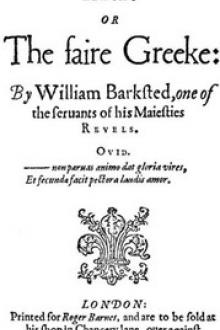
 Free Download
Free Download














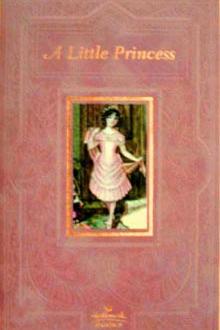


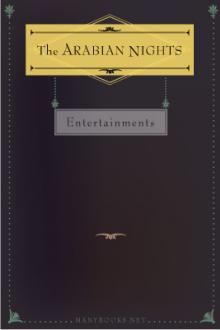
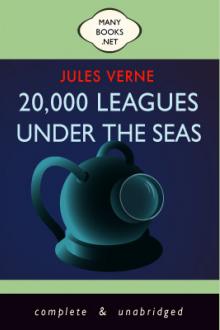
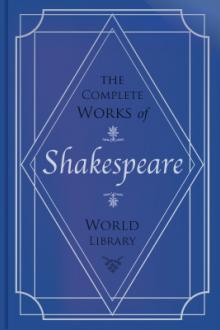
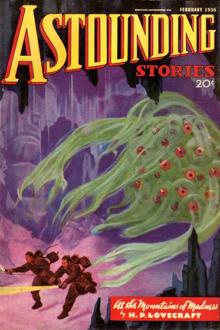
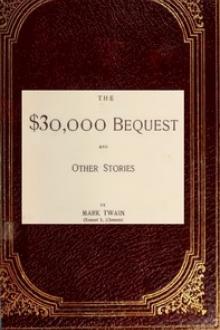
-itok=vcKIB5v1.jpg)